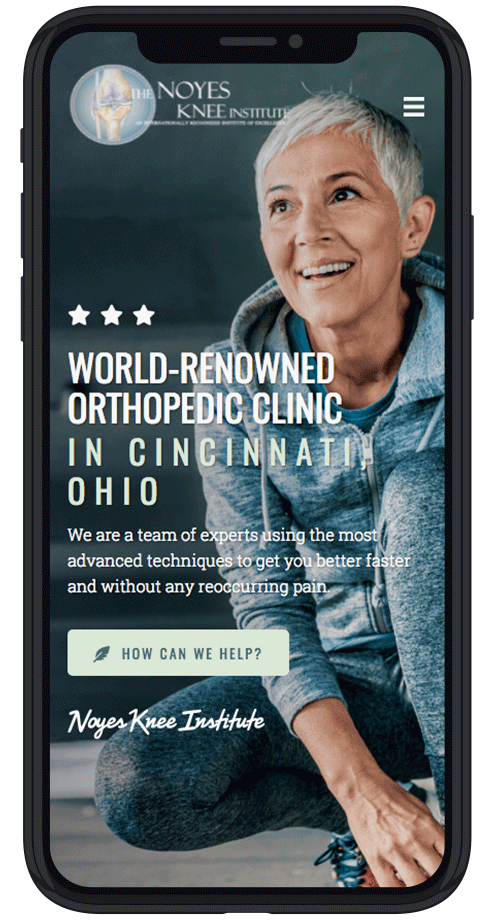Published On
Category
Blood Flow-Restriction Training for Lower Extremity Muscle Weakness due to Knee Pathology: A Systematic Review
Sports Health, 2018
Sue Barber-Westin, BS and Frank R. Noyes, MD
In patients with chronic arthritis or recovering from major operations such as Anterior Cruciate Ligament Reconstruction (ACLR), lower extremity muscle weakness is common and often difficult to overcome. Resistance training at higher loads is necessary for strength gains and muscle hypertrophy but may be difficult for some of these patients with the accompanying pain associated with such injuries. Blood flow restriction training (BFRT) has been suggested to treat lower extremity muscle weakness but it is undetermined whether its use in patients with knee pathology is effective.
This systematic review looked at 9 studies on BFRT after ACLR and routine knee arthroscopy in patients with knee osteoarthritis or patellofemoral pain. The aim of the review was to determine whether BFRT (1) improves quadriceps and hamstring muscle strength and cross-sectional area for chronic knee-related lower extremity atrophy and (2) prevents muscle atrophy after surgery.
Overall, results showed statistically significant improvements in quadriceps strength after training. There were few benefits seen in quadriceps cross-sectional area. Hamstring strength was only measured in 2 studies. There were no complications related to training.
Review of published data on BFRT shows potentially effective in improving quadriceps strength in patients with knee-related weakness and atrophy. The use of short-duration vascular accession and low-load resistance exercises appears safe after knee surgery or in arthritic knees. This treatment option requires further investigation to refine protocols related to cuff pressure and exercise dosage and duration.

